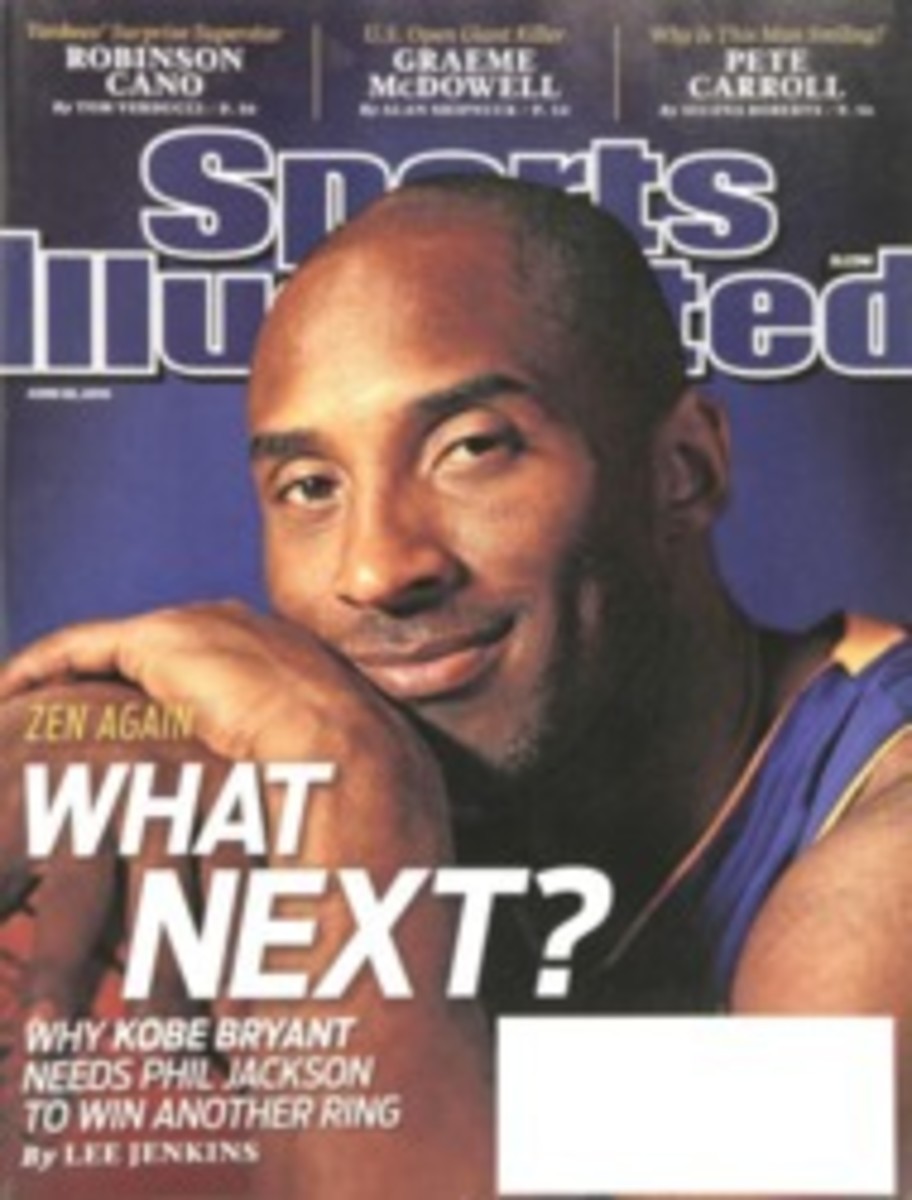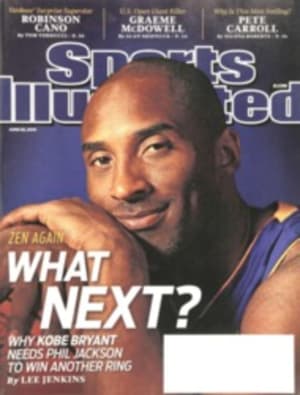
Ute Movement
Last Wednesday evening, within hours of Utah's officially joining the Pac-10, coach Kyle Whittingham fielded calls from about 10 prospective recruits who expressed interest in playing for the Utes. "These weren't kids we'd been pursuing," Whittingham says. "These were kids we probably would not have been able to get before."
Utah has turned out to be the biggest winner in the recent conference shakeup that almost was. After Texas and four other Big 12 schools bailed on a plan that would have transformed the Pac-10 into a 16-team superconference, Pac-10 commissioner Larry Scott plucked Utah, the upstart Mountain West program that has produced two undefeated seasons and BCS bowl wins over the past six years, to join previous invitee Colorado and form a 12-team conference.
When they officially make the move in 2011, the Utes will have the talent and the resources to challenge for the Pac-10 title immediately. Since 2003 Utah has gone 7--3 against Pac-10 foes, including a 37--27 win over Cal in last December's Poinsettia Bowl. Also, the Utes' 19--11 record against teams from BCS conferences is the best of any outsider since the BCS's inception, in 1998. "[Utah] will be able to compete with every other team in our conference," says Cal coach Jeff Tedford. "They have very good talent, they have a big, physical offensive line, and it's not like they're starting from scratch."
Life in the Pac-10 will have an enormous impact on the team's recruiting. Utah already recruits heavily in Pac-10 territory but generally focuses on less-heralded prospects. Rivals.com ranked its 2010 signing class 32nd nationally, best in school history but still lower than six of the current Pac-10 teams. By shedding the stigma of the Mountain West, the Utes will be able to win more head-to-head recruiting battles against their future conference mates. "They're going to have better success in California, where they won't just get two- or three-star players," says Allen Wallace, a recruiting analyst from California for SuperPrep. "We'll see them land some big-name guys."
Utah's move comes at a favorable time for the program. Quarterback Jordan Wynn, the offensive MVP of last year's bowl win, will still have two years of eligibility come 2011. Meanwhile the recent NCAA sanctions against USC, the Pac-10's preeminent program for the past decade, should open the door for its conference rivals. The Trojans are prevented from offering more than 15 scholarships per signing class over the next three years, 10 fewer than the NCAA allows. As many as 30 recruits who might otherwise have signed with USC will now be available to programs such as the Utes'. Says Wallace, "I think Utah will be able to contend for Pac-10 championships in a very quick period of time."
Presumably, Whittingham is telling those star recruits who are calling him the same thing.
Now on SI.com
Stewart Mandel answers reader questions in his weekly Mailbag at SI.com/cfb
STEWART MANDEL'S Extra Points
Big Ten commissioner Jim Delany says the conference will place competitive balance ahead of geography in determining its two divisions. Assuming rivals Michigan and Ohio State are placed in one division, Penn State should be put with Nebraska in the other. . . . How competitive will the newly configured 10-team Big 12 be? Iowa State, Kansas and Missouri, three teams from the soon-to-be-defunct North division, are a combined 0--36 against Texas coach Mack Brown(below) and Oklahoma coach Bob Stoops. . . . USC's two-year postseason ban raises the possibility that a low-end bowl could be stuck with a 5--7 team. The NCAA approved 35 bowl games for the next four seasons, despite the fact that just 71 teams reached eligibility in 2007 and '09.
PHOTO
NICK MORRIS/SOUTHCREEK GLOBAL (UTAH)
SEEING RED The Utes have had success against the Pac-10, including a win over Cal in last year's Poinsettia Bowl (above).
PHOTO
GREG NELSON

